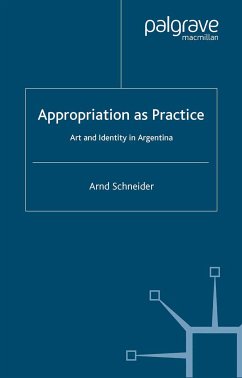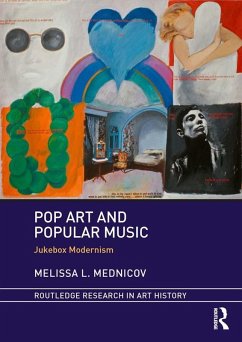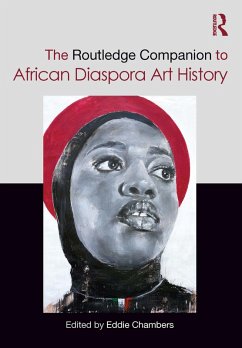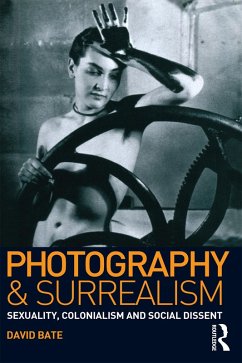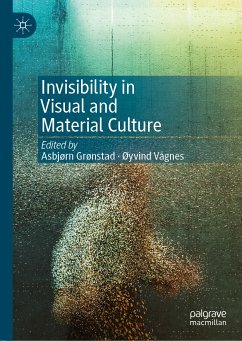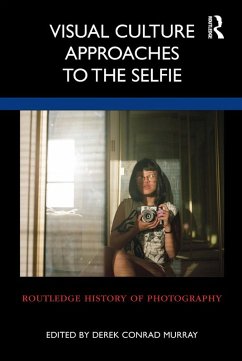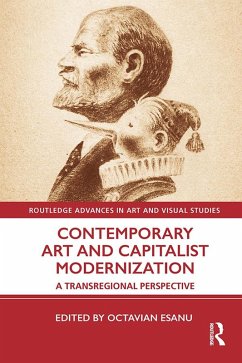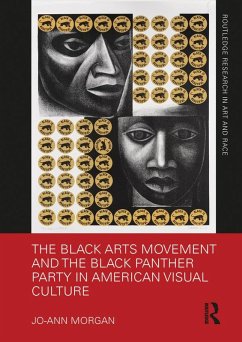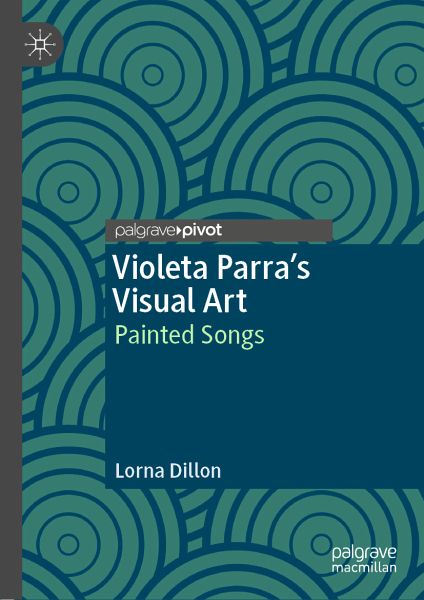
Violeta Parra's Visual Art (eBook, PDF)
Painted Songs
Versandkostenfrei!
Sofort per Download lieferbar
52,95 €
inkl. MwSt.
Weitere Ausgaben:

PAYBACK Punkte
26 °P sammeln!
This book explores Violeta Parra's visual art, focusing on her embroideries (arpilleras), paintings, papier-mâché collages and sculptures. Parra is one of Chile's great artists and musicians, yet her visual art is relatively unknown. Her fusion of complex imagery from Chilean folk music and culture with archetypes in Western art results in a hybrid body of work. Parra's hybridism is the story of this book, in which Dillon explores Parra's 'painted songs', the ekphrastic nature of her creations and the way ideas translate from her music and poetry into her visual art. The book identifies thr...
This book explores Violeta Parra's visual art, focusing on her embroideries (arpilleras), paintings, papier-mâché collages and sculptures. Parra is one of Chile's great artists and musicians, yet her visual art is relatively unknown. Her fusion of complex imagery from Chilean folk music and culture with archetypes in Western art results in a hybrid body of work. Parra's hybridism is the story of this book, in which Dillon explores Parra's 'painted songs', the ekphrastic nature of her creations and the way ideas translate from her music and poetry into her visual art. The book identifies three intellectual currents in Parra's art: its relationship to motifs from Chilean popular and oral culture; its relationship to the work of other modern artists; and its relationship to the themes of her protest music. It argues that Parra's commentaries on inequality and injustice have as much resonance today as they did fifty years ago. Dillon also explores the convergence between Parra's art and the work of other modern twentieth-century artists, considering its links to Surrealism, Pop Art and the Mexican Muralism Movement. Parra exhibited in open-air art fairs, museums and cultural centres as well as in prestigious venues such as Museu de Arte Moderna do Brasil (the Museum of Modern Art in Brazil) and the Musée des Arts Décoratifs (Museum of Decorative Arts) in Paris. This book reflects on Parra's socially-engaged work as it was expressed through her exhibitions in these centres as well as in through own cultural centre La carpa de la reina.
Dieser Download kann aus rechtlichen Gründen nur mit Rechnungsadresse in A, B, BG, CY, CZ, D, DK, EW, E, FIN, F, GR, HR, H, IRL, I, LT, L, LR, M, NL, PL, P, R, S, SLO, SK ausgeliefert werden.
Alle Preise in Euro und inkl. der gesetzl. MwSt. | Innerhalb Deutschlands liefern wir preisgebundene Bücher versandkostenfrei. Weitere Informationen: bitte hier klicken
Support
Bitte wähle dein Anliegen aus:
Rechnungen
Bestellstatus
Retourenschein
Storno



